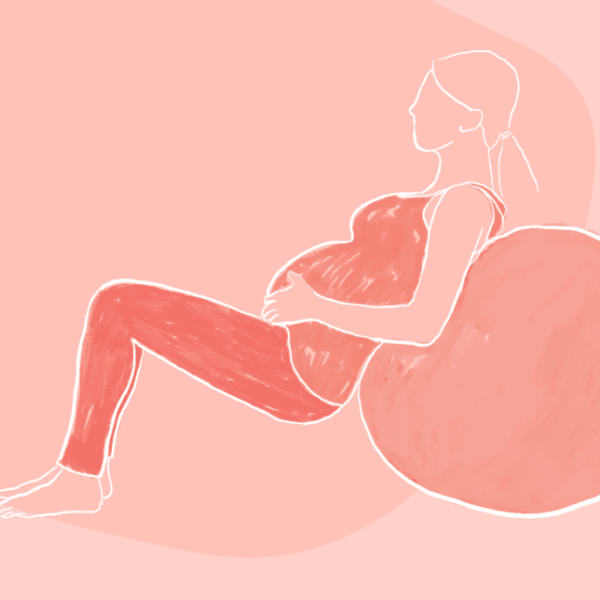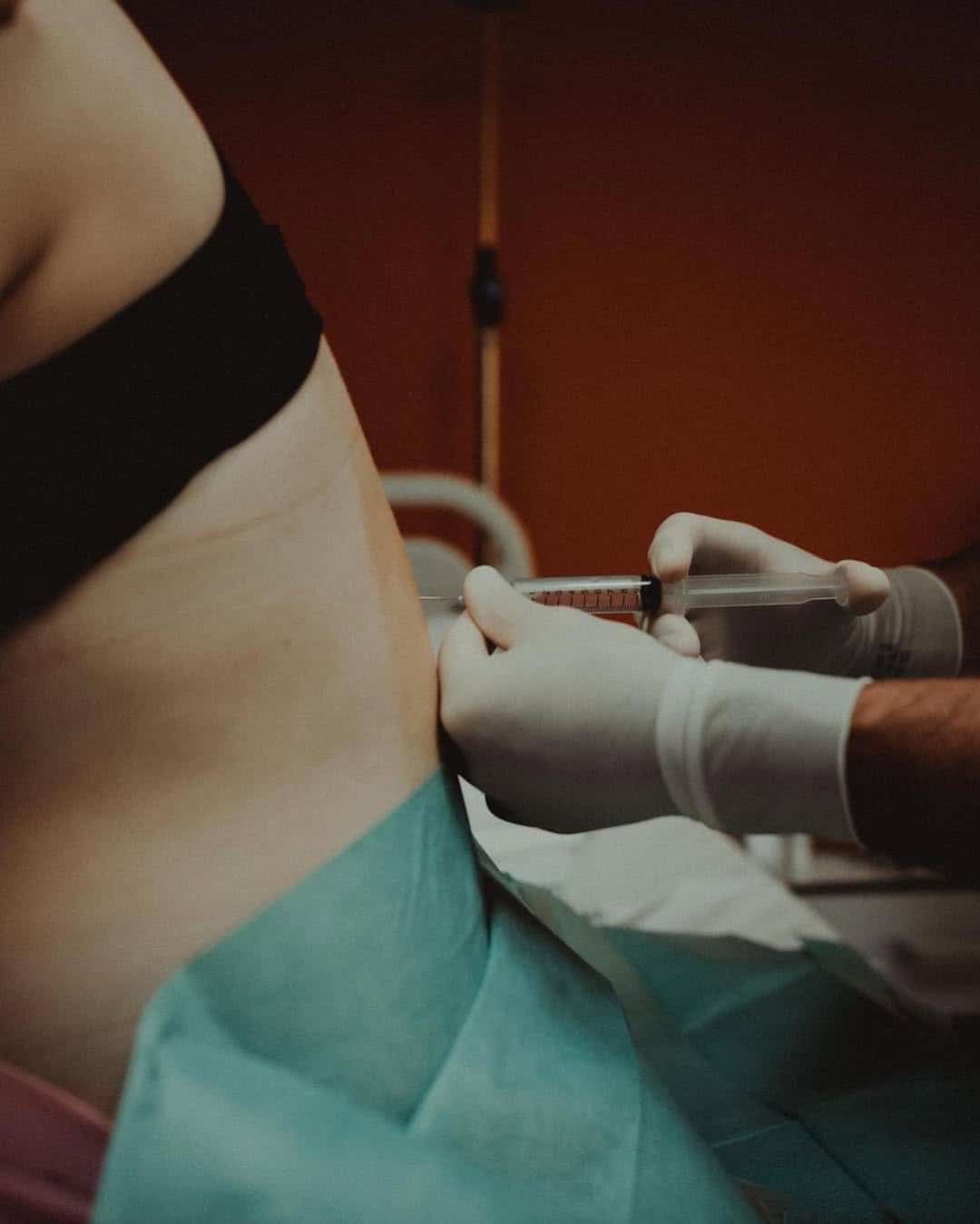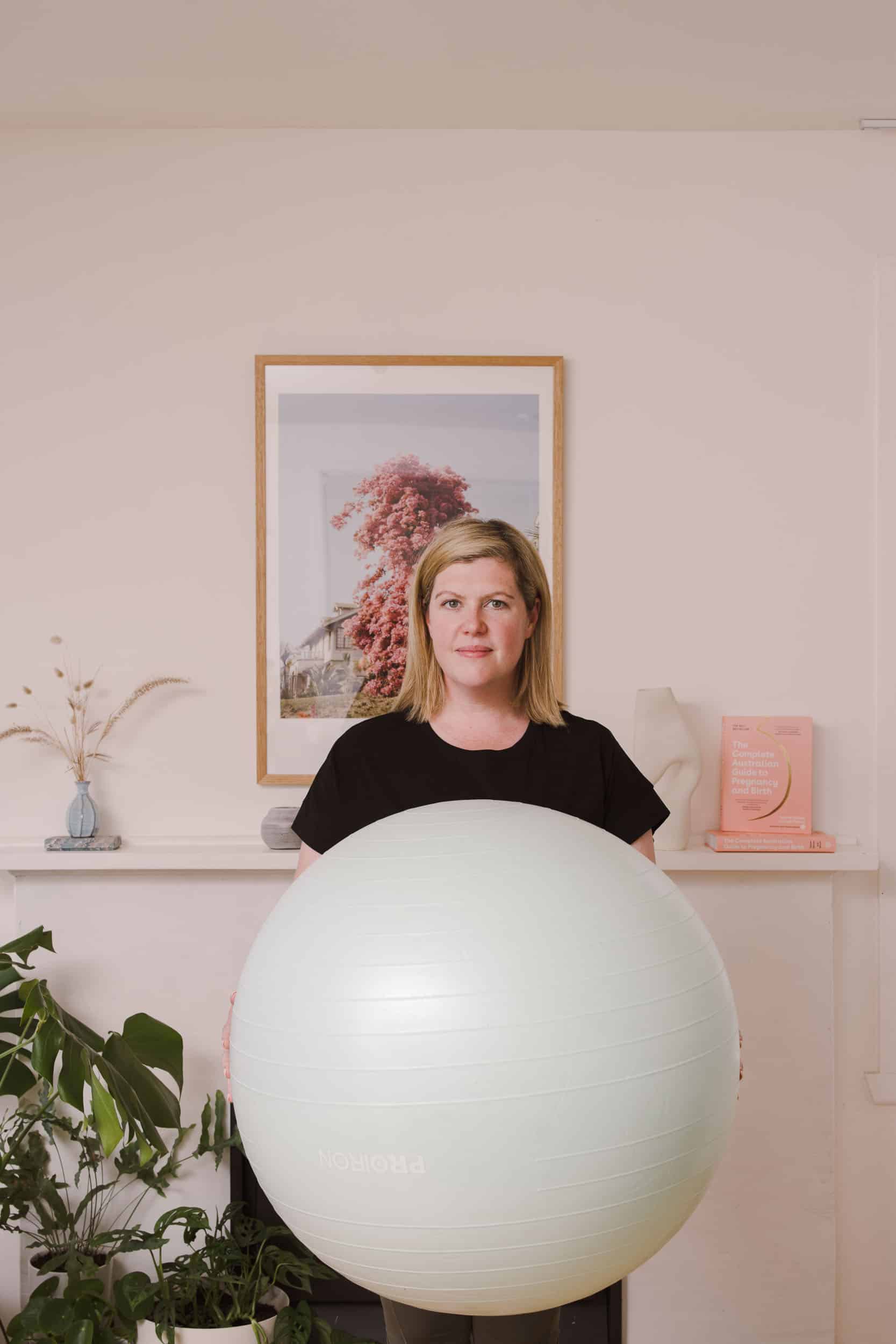Birth The Benefits Of Delayed Cord Clamping
The Benefits Of Delayed Cord Clamping

Delayed cord clamping - also known as optimal cord clamping - is common practice in many hospitals because of the known benefits for premature babies and full term babies. Here we outline what’s involved as well as the benefits and risks of the practice that’s completed minutes after birth.
The benefits of delayed umbilical cord clamping
Evidence shows that for all babies – both premature and full term – delayed cord clamping is beneficial. Up to one-third of the baby’s blood is still in the placenta at birth so waiting 1-5 minutes to clamp the umbilical cord allows this blood to flow into the baby. As well as assisting the change from foetal to neonatal (newborn) blood circulation, the benefits include:
- Increased neonatal blood volume
- Improved neonatal and infant iron stores
- Decreased neonatal and infant anaemia
What is delayed cord clamping?
During pregnancy, the umbilical cord connects the baby to the placenta and after birth, both the umbilical cord and placenta contain nutrient-rich blood. Delayed cord clamping (commonly referred to as optimal cord clamping) involves waiting to clamp the umbilical cord so the newborn receives as much blood as possible from the placenta. A lot of guidelines – internationally and in Australia – agree that at least 60 seconds is ideal and that’s because approximately 75 percent of blood available for that placenta to foetus transfusion occurs in the first minute after birth (roughly 80ml). Ideally your care provider will “wait for white” – this means that the umbilical cord is white and there’s no longer blood flowing through. However, in a caesarean birth there are more risks involved so generally speaking, your obstetrician will clamp and cut the cord at 1 minute post-birth.
Key benefits of delayed cord clamping for premature babies
If your baby is born prematurely (before 37 weeks) there are known benefits of delayed cord clamping. In preterm babies, delayed cord clamping has been shown to decrease the number of blood transfusions required and may decrease the chances of intraventricular haemorrhage (bleeding in the brain).
What are the risks of delayed cord clamping?
If there is a risk to the mother or the baby after birth, for example: the mother is experiencing a postpartum haemorrhage or the baby needs urgent medical attention, the cord will be cut and clamped immediately.
If you are planning delayed cord clamping with a caesarean birth, there are some risks you need to consider: once the uterus has been cut the bleeding needs to be monitored and if haemorrhaging occurs, your obstetrician will chose to clamp and cut the cord immediately. The operating theatre is also very cold so when a baby is held and cord clamping is delayed, the birth team needs to make sure his temperature doesn’t drop.
For full term newborns, increased blood volume can increase the bilirubin levels which can cause jaundice. Jaundice occurs when red blood cells break down and a chemical called bilirubin is released which turns the skin and the whites of the eyes yellow. Jaundice is a complication that’s monitored quite closely in newborn babies and is easily treated.
Can I have delayed cord clamping in a caesarean/c-section birth?
Yes you can havedelayed cord clamping in a caesarean birth. In the operating theatre it’s generally advised to cut the cord after one minute and studies show that 70 percent of the blood is transfused from the placenta during this time. In a vaginal birth it’s recommend to “wait for white” ie. wait until the umbilical cord turns white which indicates there’s no more blood in it.
There are an increasing number of obstetricians who perform optimal cord clamping as standard practice but it’s not always discussed by them in your antenatal appointments (especially if you’re birthing in a public hospital).
If optimal cord clamping is important to you, it’s essential that you raise it in your antenatal appointments with your care provider and detail your preferences in your birth plan.
Remember: this is your birth! Get informed so you can make informed choices that are right for you.
Categories
Related Products
-
The Birth Class
106 reviews$249.00The empowering online childbirth education program that will help you confidently prepare for birth.
Get your copy of our Perineal Massage Guide in your inbox
Keep Reading
We think you might enjoy these articles
@AustralianBirthStories
Follow along with us
@AustralianBirthStories
Follow along with us
@AustralianBirthStories
Follow along with us
@AustralianBirthStories
Follow along with us
@AustralianBirthStories
Follow along with us
@AustralianBirthStories
Follow along with us
@AustralianBirthStories
Follow along with us
@AustralianBirthStories
Follow along with us
@AustralianBirthStories
Follow along with us
@AustralianBirthStories
Follow along with us
@AustralianBirthStories
Follow along with us
@AustralianBirthStories
Follow along with us








